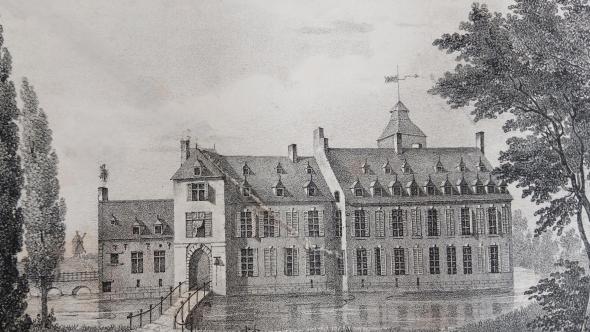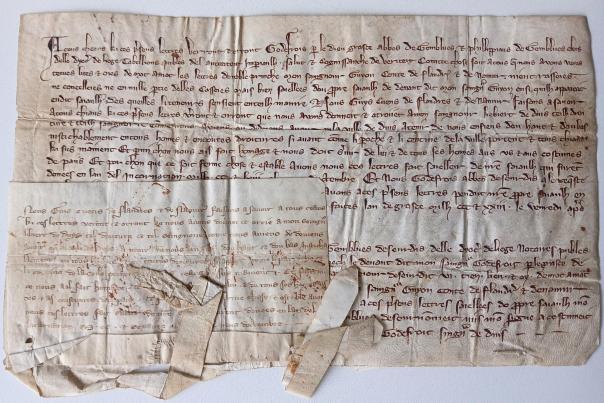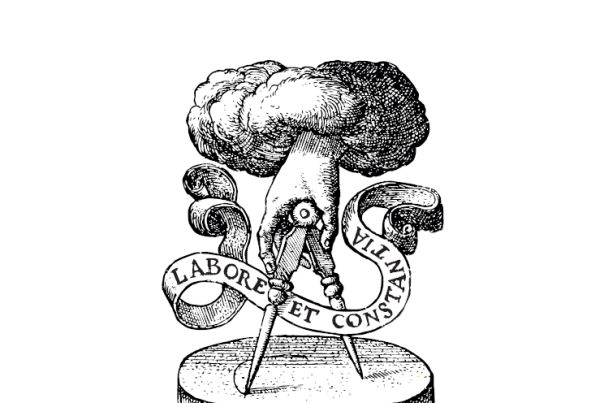"The document's raison d'être raises questions: it's not a censier, because the description of the seigneury is not based on cens (fee paid to the seigneur by the tenants of a piece of land, Editor's note). So it's not a question of taxation. And the historian goes on to give his hypothesis as to the origin of the manuscript: "the possessions making up the seigneury of Dhuy were brought together at the end of the 14th century by Jean de Namur, the youngest son of Count of Namur Guillaume Ier. The seigneury of Dhuy was his personal possession, over which he bought back all rights and possessions between 1390 and 1392, when he was lord of Wienendaele and Renaix, and not destined to rule. When he became lord of the county in 1418, after the death of his brother William II, without an heir, he probably had the assets of his personal seigneury inventoried to avoid it being confused with that of the county estate". In fact, we note that when the County of Namur was ceded to Philippe le Bon, Duke of Burgundy, in 1421, the seigneury of Dhuy was excluded from the sale. "This is clearly stipulated in the deed of sale of the county. The seigneury is ceded by Jean de Namur as an apanage (portion of domain granted by the lord, as compensation, to a child excluded from the succession of the title, Editor's note), to his natural son Philippe. It is excluded from the sale because it was Jean's possession before he became Count," concludes Romain Waroquier.




